Paisley’s Textile Heritage: From Shawls to Psychedelia and Beyond
April 3, 2023Premium Call Centre/Office Space for Rent: First-Floor Unit with Modern Upgrades at Mirren Court Three
April 4, 2023The scale and ambition of the work going into creating Scotland’s biggest cultural heritage project has been revealed for the first time.
The £45 million Paisley Museum will create a new, world-class museum space, shaped and focussed by, and for, the people of the town, celebrating its history and impact on the world, while creating a new community space that’s open and accessible to all. At its core, the museum will bring history to life, connecting it to today’s town and people, creating a vibrant and colourful new cultural thread, weaving together past, present and future.
While celebrating the area’s significant industrial past and the town’s importance, not least in textiles, weaving and exploring the origins and impacts of the famous Paisley pattern, the refurbished museum’s gallery spaces will increase by more than a quarter, with ambitious architectural and engineering interventions to welcome visitors to stunning indoor and outdoor spaces.
The museum refurbishment’s main funder is Renfrewshire Council, with additional funding from the Scottish Government, the National Lottery Heritage Fund and Historic Environment Scotland. The project is being further funded by a charitable fundraising campaign that has been supported by a number of trusts and foundations and corporate donors.
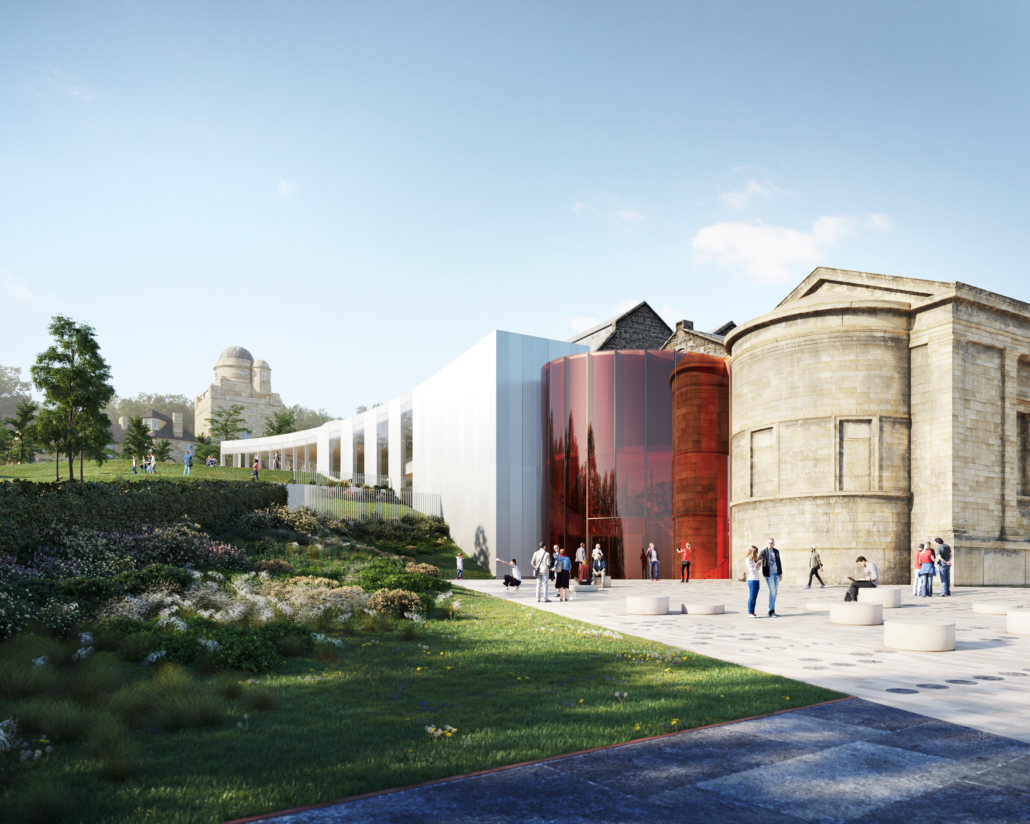
Kirsty Devine, OneRen’s Project Director for Paisley Museum Re-imagined outlined the scale, ambition and people-centred approach to the work. She said: “We’re delivering Scotland’s biggest cultural heritage project and our ambition is to create a world-class museum space. We can’t do that alone though and we have been working with a wide range of communities – locally and globally – over the past six years to help reimagine and redefine the museum and our collections. We’ve held conversations with around 70 local organisations and community groups who have brought fresh and dynamic insights into the role of the museum and our audiences.
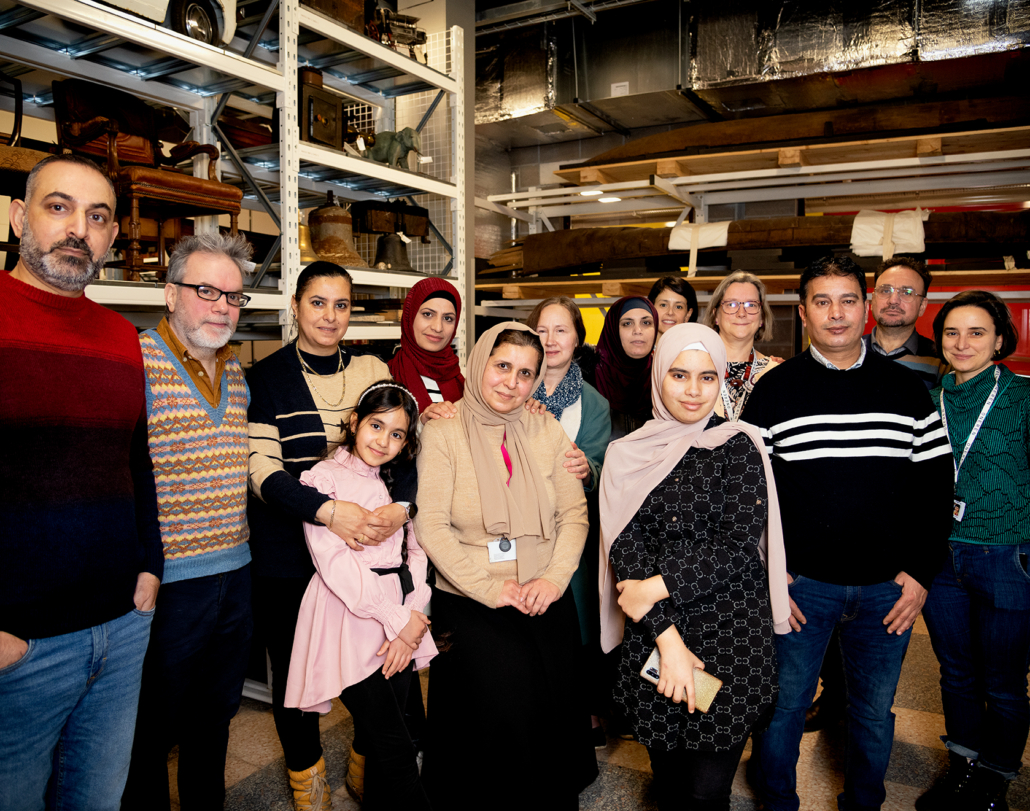
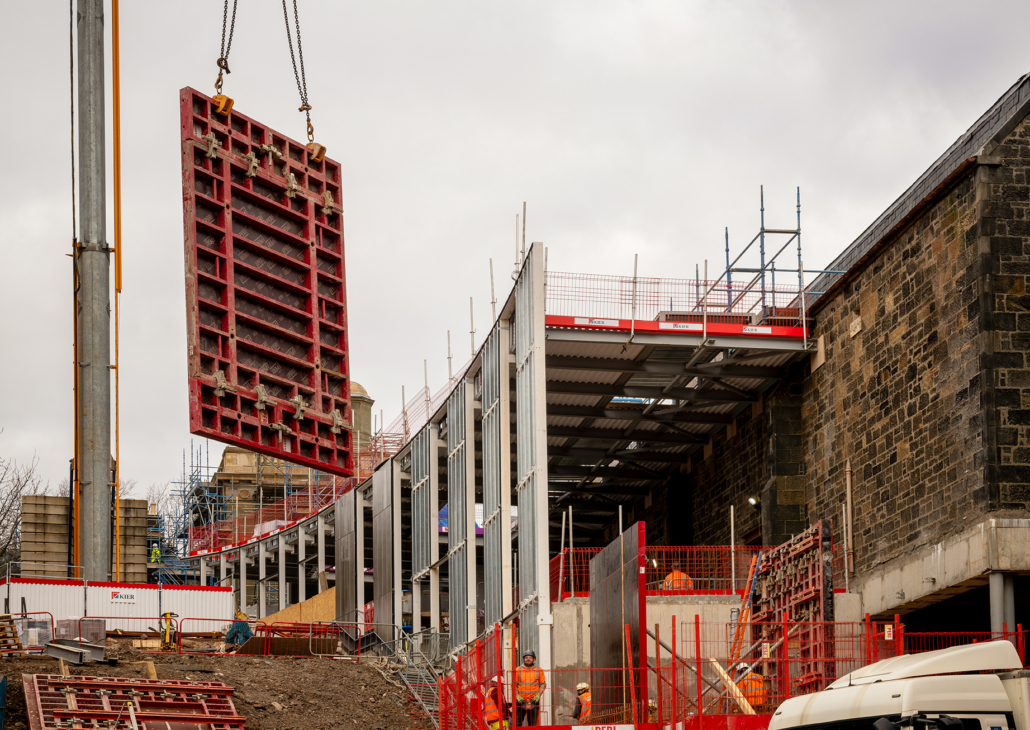
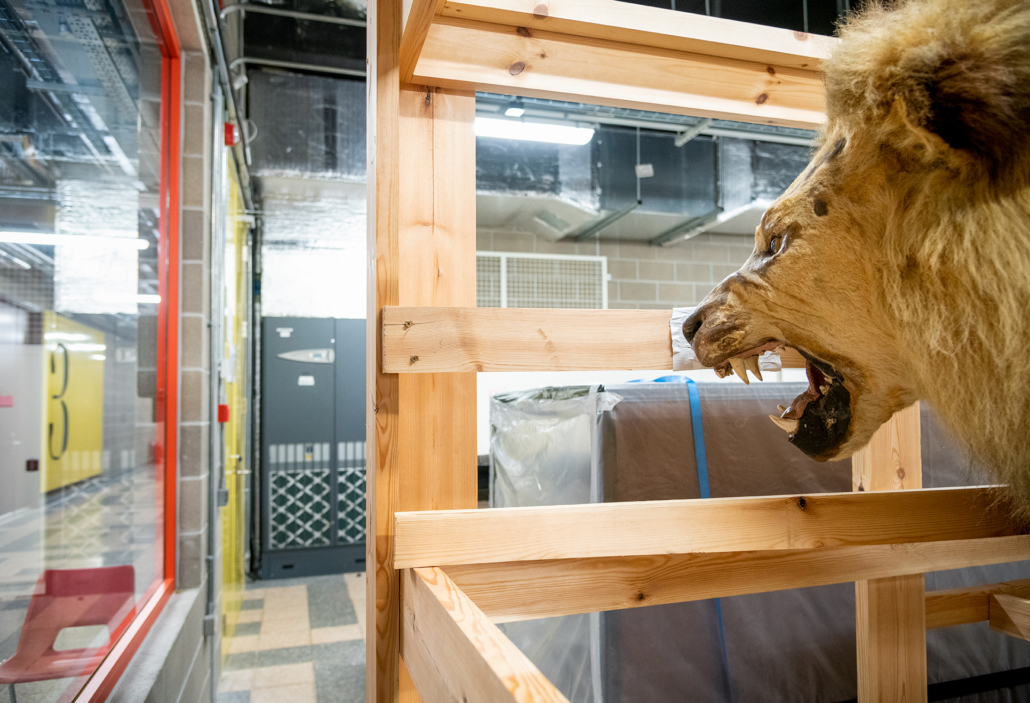
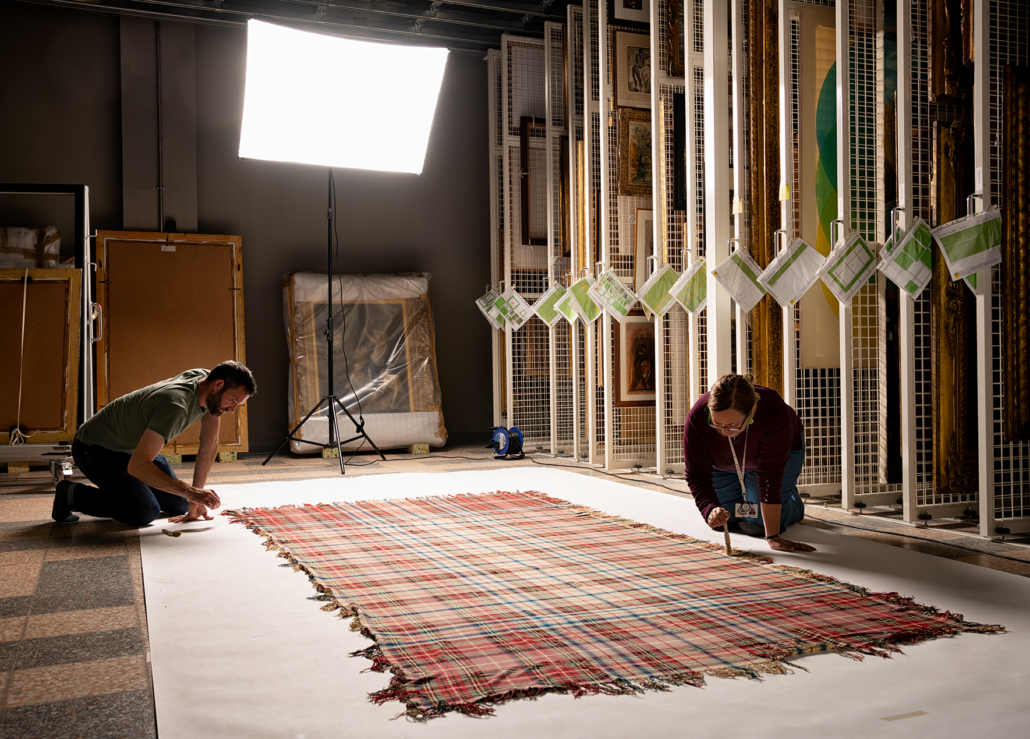
“We’re building a museum that is engaged with its communities in a way that will continue long after we re-open our doors. This represents a real shift in practice for us and it’s one which will build a real sense of ownership and pride as we move forward. That, for me, is incredibly exciting.”
The museum will be at the heart of Paisley and Renfrewshire, creating a social and community hub; a multi-use building, located in the High Street and connected to its neighbours, as part of a wider, culture-led regeneration of the town.
Kirsty has led a team of expert content producers and collections specialists who have taken a radical and dynamic approach to Renfrewshire’s core collections. Working from the town’s Secret Collection – thought to be the UK’s only story located on a high street – the team have worked on over 100 story displays, featuring 1,290 objects, more than double what was on display previously.
With eight new public spaces, the new Paisley Museum will be filled with 60 digital displays and will be home to a new garden gallery, public courtyard, café and picnic areas. The Thomas Coats Observatory – the oldest public observatory in Scotland – will be open and accessible to the public, its rich and vibrant history as both civic timekeeper and a truly remarkable, 150-year-old weather station, available to all.
The museum will be a place where history does not stand still and long after it reopens, the team hope that by working with communities, the space and interpretation of the objects will continue to develop too.
One of the community groups who have been working with the museum team is Kairos Women+, a community led space for women and non-binary people. Working together on a co-production that will share stories on how the women of Paisley fought for radical changes to the lives of working-class families, particularly through the Co-operative Women’s Guild. Katy Wilson-Scott from Kairos, said: “We really aligned with this idea of a collective group of women doing something together, the group caught hold of that really quickly. We were able to shift things and change things, which helped us to find our voice.”
The building redesign is by architects AL_A, whose previous work includes the MAAT contemporary museum in Lisbon and the Exhibition Road Quarter at the V&A in London. Amanda Levete from AL_A, said: “The brief for Paisley Museum is one of the most radical I’ve encountered. Paisley has a proud industrial past and a history of innovation and radical thinking. We have embedded this into our design to create an extraordinary place for the community of Paisley.”
Contractors, Kier Scotland, are on-site and progressing the build.
The entrance building in red glass will be one of the first design features the public will see. It is contemporary, radical, unique to Paisley and brings colour to both the inside and outside of the museum. It clearly announces a new way into the museum.
Paisley museum will crown a significant investment by Renfrewshire Council in the town’s regeneration through new and refurbished cultural infrastructure. Before the museum re-opens in 2024, the magnificent Paisley Town Hall will be brought back to public use after a significant refurbishment. This will be followed by the opening of a new Learning and Cultural Hub, featuring the Central Library, in the middle of the High Street, and the refurbished Paisley Arts Centre which will welcome back new and emerging talent to audiences.
Councillor Lisa-Marie Hughes, culture lead for Renfrewshire Council and Chair of OneRen which will operate the cultural attractions, said: “Paisley Museum is the jewel in our cultural crown. Along with the other cultural attractions being brought back to life, these assets will be something that the people of Paisley and Renfrewshire can feel rightly proud of, providing joy and inspiration for local people and visitors alike. Such significant investment is emblematic of our ambition to see Paisley make its cultural mark.”
Paisley Museum – Fast Facts
There will be:
- A new public courtyard bringing the museum out onto the High Street, a space for the Paisley community, and for events
- A new way in frames views of the historic galleries, celebrating John Honeyman’s original design
- New lifts and step free access to museum galleries on all levels of the building
- New galleries in the former library building and new connections into the museum
- A 26% increase in gallery space
- 100’s more objects on display and more digital displays than ever before
- Almost twice as many learning spaces
- New community making spaces
- New social spaces and digital hubs
- New roofs and services for maximum environmental sustainability
- Restored historic fabric and finishes
- WCs on all levels, including a Changing Places room by the new entrance
- A new shop
- A fantastic new café, opening onto and looking out across new museum gardens
- A new museum garden and woodland
- A new observatory garden with ramps providing step free access between the museum and the observatory
- Public interpretation of Transit House (which defines Paisley’s very own Greenwich meantime) for the first time in decades



